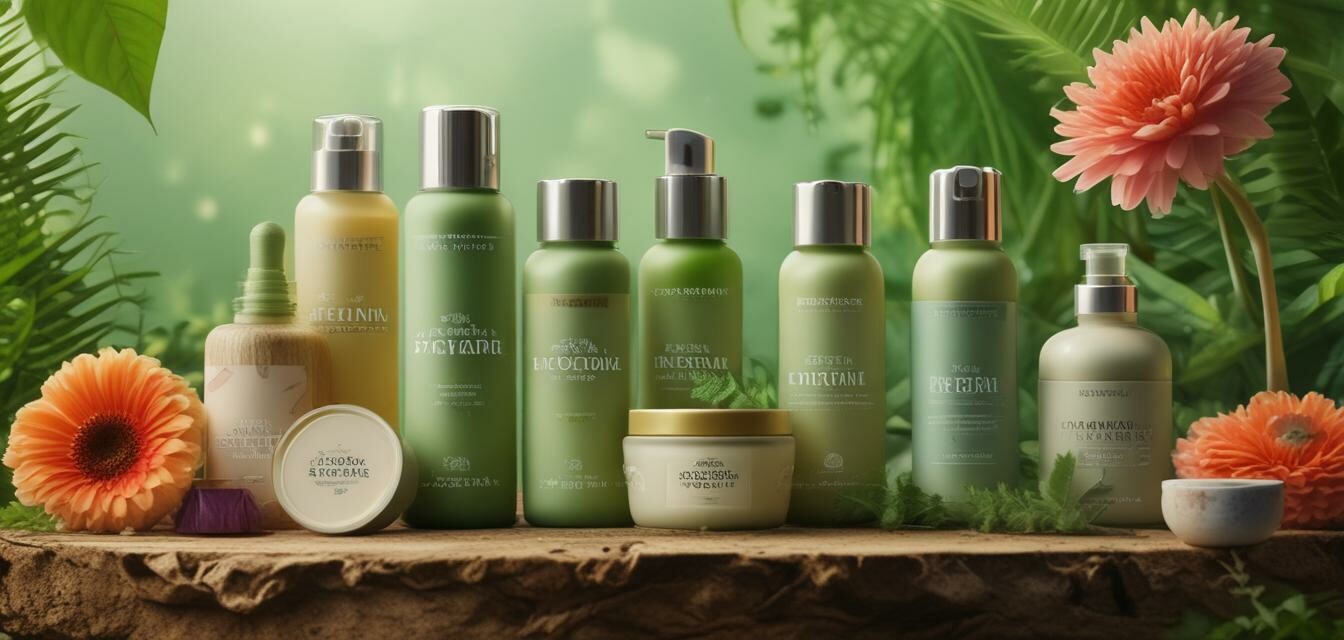
Exploring the Shift Towards Eco-Friendly Beauty Products
Key Takeaways
- Rising demand for eco-friendly beauty products among Black consumers.
- Brands are prioritizing sustainable ingredients and packaging.
- Eco-conscious beauty choices contribute to overall well-being.
- The influence of social media in promoting sustainability.
- Awareness about the environmental impact of beauty products is increasing.
The beauty industry is undergoing a significant transformation as consumers increasingly seek out eco-friendly products. This shift is particularly prominent among Black consumers, who are driving the demand for sustainable and ethical beauty solutions. Let’s dive into the factors that are contributing to this trend and take a look at the brands that are paving the way in eco-friendly beauty.
Understanding the demand for eco-friendly products
As sustainability becomes a global concern, the beauty sector is evolving to meet consumers' needs for environmentally conscious options. This is evident through:
- Increased awareness: More consumers are recognizing the environmental impacts of conventional beauty products.
- Desire for transparency: Shoppers are now more invested in knowing what goes into their products.
- Community influence: Discussions in community spaces and on social media are fostering a preference for sustainable brands.
The impact of social media
Social media platforms have played a pivotal role in promoting eco-friendly beauty products. Platforms like Instagram and TikTok allow influencers to share their experiences with sustainable beauty. Their impact cannot be overstated; they not only provide education but also foster community discussions around beauty choices.
Brands leading the eco-friendly charge
Several brands are spearheading the movement towards eco-friendly beauty. Here are some notable examples:
| Brand | Focus Area | Key Offerings |
|---|---|---|
| Brand A | Natural Ingredients | Skin care, hair care |
| Brand B | Minimal Packaging | Makeup, grooming essentials |
| Brand C | Sustainable Sourcing | Fragrances, body care |
The role of consumer education
Educating consumers about eco-friendly beauty has never been more crucial. Both brands and media play significant roles in this education process. Initiatives include:
- Webinars and workshops on sustainable beauty practices.
- Online resources that explore the benefits of eco-friendly ingredients.
- Collaborations with beauty experts to debunk myths.
Influencing purchasing decisions
Brand transparency and sustainability messaging are influencing purchasing choices. Consumers are often willing to pay a premium for products that align with their values. Furthermore, many are engaged in conversations about how to select products with minimal environmental impact.
Pros
- Supports environmental conservation.
- Encourages ethical business practices.
- Offers skin-friendly alternatives.
Cons
- Often comes at a higher price point.
- Product availability may be limited.
- Potential for greenwashing by brands.
Conclusion
The shift towards eco-friendly beauty products is not just a passing trend; it reflects a deeper change in consumer values and priorities. As brands innovate and respond to this growing demand, it paves the way for a more sustainable future in the beauty industry.
Learn more about sustainable choices
If you’d like to explore more about beauty trends, check out our other articles: